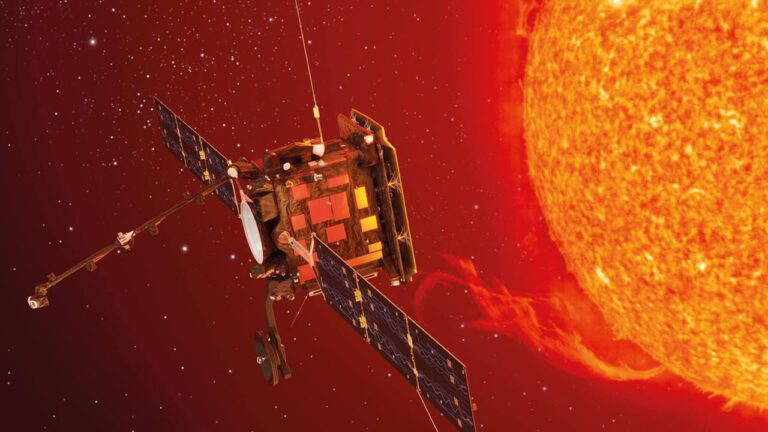
China executed another space mission on April 1, successfully launching a series of internet technology test satellites aboard a Long March 2D rocket. The launch took place at 12:00 a.m. local time (0400 UTC) from the Jiuquan Satellite Launch Center, situated in the Gobi Desert. As the rocket ascended into a clear sky, insulation tiles detached from the payload fairing, while the vehicle’s hypergolic exhaust plume propelled it upwards.
The Shanghai Academy of Spaceflight Technology (SAST), a key state-owned space entity, confirmed the mission’s success. According to SAST, the payload consisted of a satellite designed to test and verify technologies related to direct-to-cell satellite broadband and space-ground network integration. However, further details and imagery of the satellite were not disclosed.
Mission Details and Strategic Implications
Reports from the Radio Management Bureau of China’s Ministry of Industry and Information Technology (MIIT) indicate that the launch carried four test satellites, identified as 0001-0004, equipped with Ka-band and other frequency payloads. This mission marks the sixth launch in China’s ongoing satellite internet technology test program, which began with an inaugural launch in July 2023.
Previous missions in this program have utilized various launch vehicles, including the Long March 2C with a YZ-1 upper stage and the newly introduced Long March 12 rocket in November 2024. While specifics about these satellites remain scarce, some have been linked to the China Academy of Space Technology (CAST), a leading state-owned spacecraft manufacturer.
China is simultaneously working on two major low Earth orbit (LEO) satellite constellations, Guowang and Qianfan (Thousand Sails), yet it continues deploying these test satellites. The purpose of these missions remains unclear—they may serve as independent test platforms or as precursors to future advancements in China’s satellite internet infrastructure. These missions could be evaluating crucial satellite components, including propulsion systems, power management, thermal regulation, and phased array antennas.
Beyond LEO, China launched three high-orbit internet satellites in 2024, which now operate in geostationary orbit (GEO). Similar to the LEO satellites, public information regarding these GEO spacecraft is limited. This secrecy has fueled speculation about potential military or dual-use applications.
China’s Expanding Space-Based Communications Efforts
China has been aggressively expanding its communications satellite infrastructure, prioritizing sovereign access to space-based internet services without reliance on foreign technology. The government formally designated “satellite internet” as a key component of its “new infrastructure” initiative in 2020.
Among China’s major communications projects are the Guowang and Thousand Sails constellations, medium Earth orbit (MEO) satellites, and GEO satellites under the ChinaSat and Apstar programs. Additionally, China is developing a comprehensive space infrastructure system that integrates satellite communications with navigation, positioning, and remote sensing capabilities.
China’s 2025 Space Launch Progress
Tuesday’s launch marked China’s 17th orbital mission of 2025. Just days earlier, on March 29, the country launched the classified TJS-16 satellite into geosynchronous transfer orbit using a Long March 7A rocket.
China is on track for a record-breaking year, potentially targeting over 100 launches in 2025. This increase is fueled by commercial space activity, satellite megaconstellations, and new rocket developments. A series of medium-lift and reusable rockets are expected to debut this year, further advancing China’s space capabilities.
Among the anticipated highlight missions are Shenzhou-20 and Shenzhou-21, which will transport astronauts to the Tiangong space station. Additionally, the Tianwen-2 asteroid sample return mission is slated for launch around May, using a Long March 3B rocket from the Xichang Satellite Launch Center.






